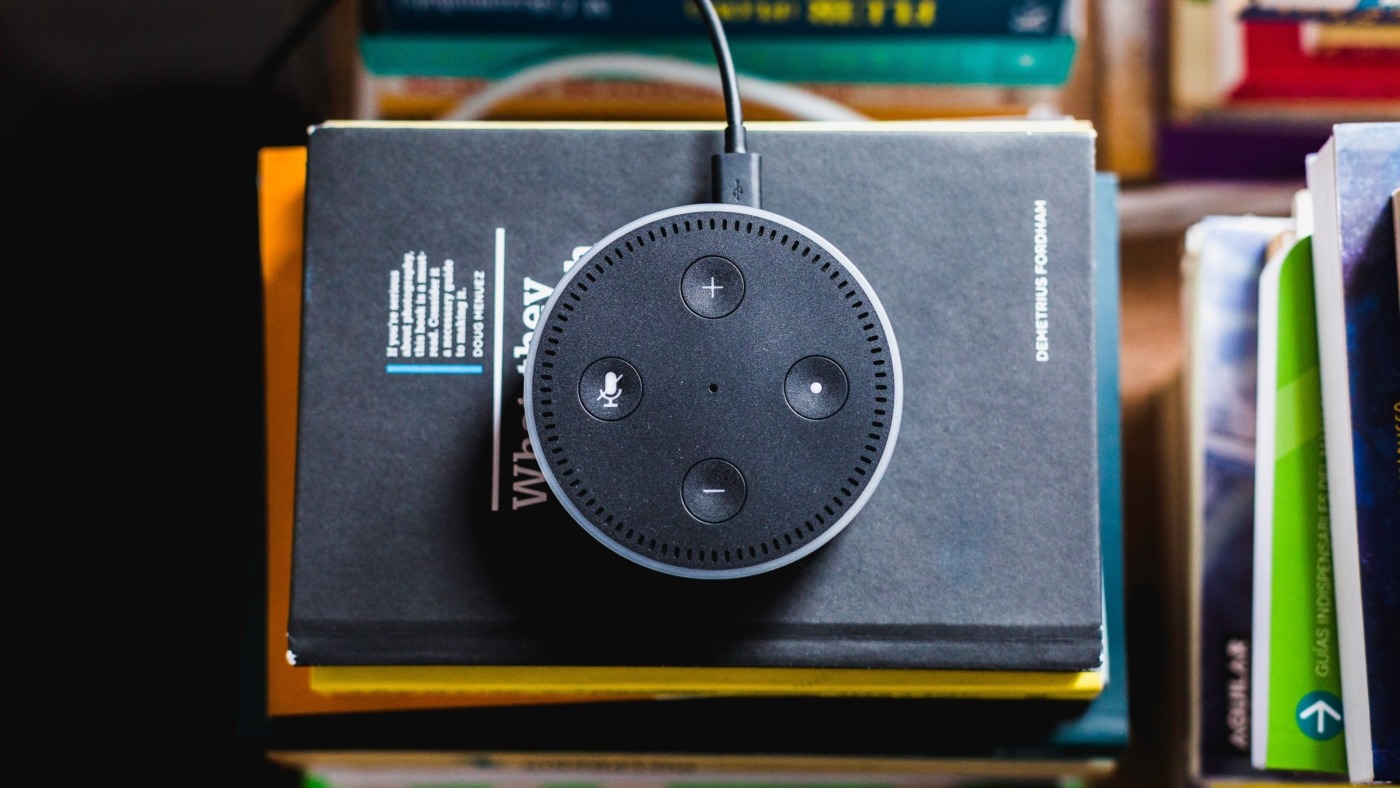Alexa, call an ambulance: Smart devices could detect cardiac arrest and save lives
Researchers at the University of Washington have developed the prototype of an audio tool that could detect the irregular breathing of a person experiencing cardiac arrest and perhaps notify the medical services. The team developing the technology believe it could ultimately be built into smart speaker devices, such as Amazon Echo or Google Home, to potentially save lives. The paper documenting the scientists’ findings is published in the journal Digital Medicine.
Out-of-hospital cardiac arrest (OHCA) is one of the leading causes of death worldwide. Approximately half of the people who suffer from a cardiac arrest, gasp for air – a distinctive symptom known as agonal breathing. According to Jacob Sunshine, an assistant professor of anesthesiology and pain medicine at the university’s school of medicine, “it’s sort of a guttural gasping noise, and its uniqueness makes it a good audio biomarker to use to identify if someone is experiencing a cardiac arrest.”
The team developing the technology believe it could ultimately be built into smart speaker devices, such as Amazon Echo or Google Home, to potentially save lives
The Washington academics collected 162 calls to Seattle’s medical services between 2009 and 2017 and extracted 2.5-second segments of audio at the start of each agonal breath to create a total of 236 clips.
Justin Chan, a Ph.D. student who worked on the study, said: “We played these examples at different distances to simulate what it would sound like if the patient was at different places in the bedroom.” “We also added different interfering sounds such as sounds of cats and dogs, cars honking, air conditioning, things that you might normally hear in a home.”
The Washington academics collected 162 calls to Seattle’s medical services between 2009 and 2017 and extracted 2.5 second segments of audio at the start of each agonal breath to create a total of 236 clips
The researchers found that the algorithm was able to detect agonal breathing events 97.24% of the time from up to 20 feet (or 6 meters) away.
A negative dataset – which included audio samples of snoring, normal breathing, hypopnea, obstructive apnea, central apnea, and also room white noise – was used to further ensure the reliability of the prototype and minimise the false-positives of the algorithm. This highlighted the classification problem encountered by the team when conducting the experiment. Essentially, their tool had the potential to accidentally classify a different type of breathing – such as snoring – as agonal breathing.
The researchers found that the algorithm was able to detect agonal breathing events 97.24% of the time from up to 20 feet (or 6 meters) away
It was observed that the algorithm incorrectly categorised a breathing sound as agonal breathing 0.14% of the time. Justin Chan, the first author, highlighted why this was a problem: “We don’t want to alert either emergency services or loved ones unnecessarily, so it’s important that we reduce our false positive rate.”
Given the proliferation of smart devices, the researchers envision the potential of the tool to be installed on user devices and run passively on a smart speaker or smartphone while people sleep.
It was observed that the algorithm incorrectly categorised a breathing sound as agonal breathing 0.14% of the time
Study co-author Shyam Gollakota, an associate professor at Washington’s Paul G. Allen School of Computer Science & Engineering, commented: “A lot of people have smart speakers in their homes, and these devices have amazing capabilities that we can take advantage of.” We envision a contactless system that works by continuously and passively monitoring the bedroom for an agonal breathing event, and alerts anyone nearby to come to provide CPR. And then if there’s no response, the device an automatically call 911.”
With respect to preserving user privacy and integrity, the researchers stressed that no data would need to be stored or sent to the cloud as the algorithm would be running in real time. Instead, the audio tool would be processing the audio data locally on the devices. The team is planning to commercialise the technology through a University of Washington spinout company, Sound Life Sciences.
With respect to preserving user privacy and integrity, the researchers stressed that no data would need to be stored or sent to the cloud as the algorithm would be running in real time
Smartphones and smart speakers already have, by default, an always-on feature, which triggers a voice assistant by ushering the words “Hey Siri” or “Ok Google.” The idea of having, perhaps, a life-saving service embedded in all those devices, given explicit access by either companies or individuals to access the always-on feature could indeed assist individuals.
“Cardiac arrests are a very common way for people to die, and right now many of them can go unwitnessed,” Dr. Sunshine said. “Part of what makes this technology so compelling is that it could help us catch more patients in time for them to be treated.”

Comments